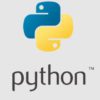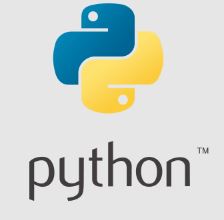Category: Python
Merging Multiple Images into a Single PDF File Using Python
Often, we encounter scenarios where we need to consolidate multiple image files into a single PDF document. This process can…
Decrypt encrypted files using Python
Introduction to File Decryption with Python Decrypting files is a common task in cybersecurity and data security. In this article,…
How to Convert Pandas DatetimeIndex to String in Python
Dealing with date and time data is a common task in data analysis and manipulation. When working with Pandas, converting…
Reading Amazon S3 bucket using access keys and secret keys in Python
To read an object from an Amazon S3 bucket using access keys and secret keys in Python, you can use…
OCR System with Python: Extracting Text from Images with Tesseract
Creating an OCR (Optical Character Recognition) system using Python involves several steps, including preprocessing images, applying OCR algorithms, and handling…
Extracting PDFs from Websites Using Python
One common task in web scraping is extracting PDF files from websites, which contain valuable information ranging from research papers…
Python’s set() Function
In Python, the set() function proves to be a versatile tool for efficient collection manipulation. This article delves into its…
Python’s globals() Function
In the Python programming language, understanding the globals() function is key to mastering global namespace manipulation. This built-in function provides…
Mastering Directory Operations: Writing a Script to Count Files in the Current Directory
Efficiently managing files within a directory is a fundamental task for developers and system administrators. Whether you need to organize,…
Python’s exec() Function
Python, celebrated for its dynamic and versatile nature, offers the exec() function as a potent tool for dynamic code execution….







